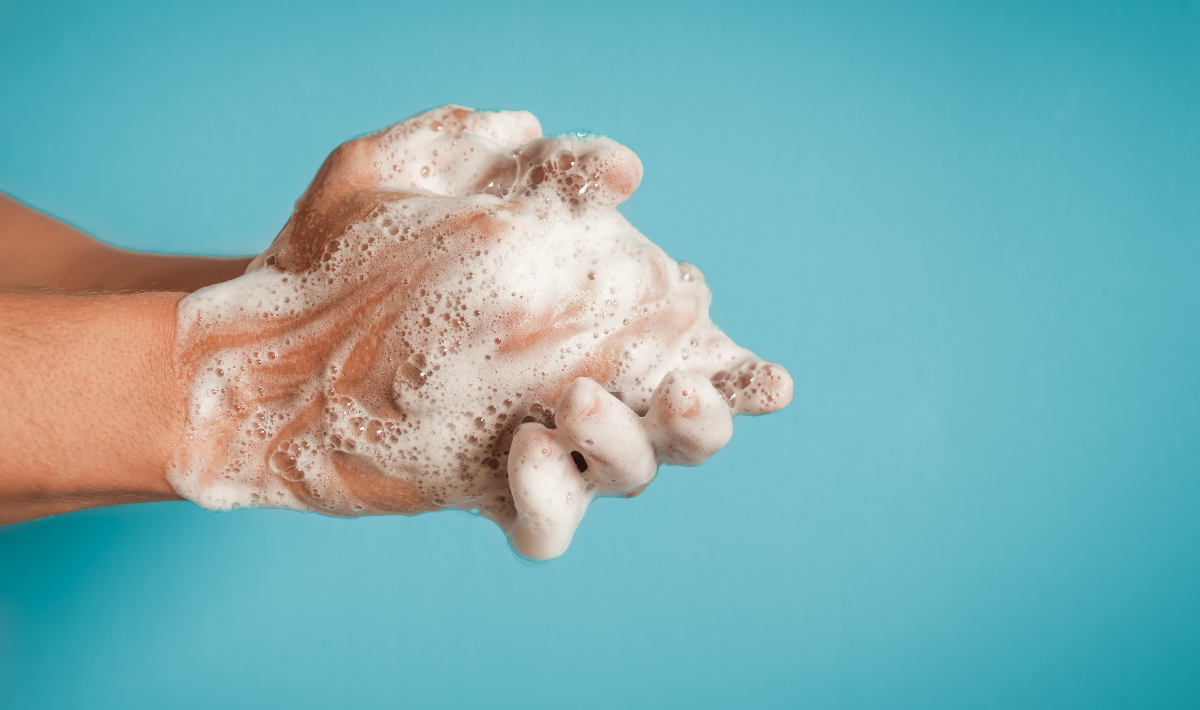Hand hygiene should be a priority across the group practice.
Are dentists and their staff doing enough to protect themselves and their patients from infection? With increased awareness of seasonal flu, Methicillin-Resistant Staphylococcus aureus (MRSA) and other infectious diseases, the demand for hand hygiene products has been on the rise in recent years, according to experts. At the same time, dental practices are not governed by the same hand hygiene guidelines as hospitals, and they often lack dedicated infection prevention specialists. That’s why it’s so important that they do all they can to prevent the spread of disease.
The first point of hand sanitation is the front desk, according to experts. In offices that still rely on paper files, patients sign in and update their patient history before the dental assistant takes their file to the operatory. Infectious diseases, such as common cold, flu and several gastrointestinal disorders are commonly spread through hand-to-hand contact, according to the Mayo Foundation for Medical Education and Research.
Alcohol-based hand sanitizers
Two major types of microorganisms reside on the skin: resident, or everyday flora, which is located in the dermis; and transient flora, or contaminants, which are located in the epidermis of the skin. Hand hygiene is a general term that refers to the removal of transient flora through handwashing, as well as the use of alcohol-based sanitizers (e.g., rubs and wipes) and antiseptic handwashes. Dental practices generally need both soap/water solutions and FDA-approved waterless, alcohol-based sanitizers (e.g., wipes, gels or foams). Although alcohol-based foams and gels remove germs, they can leave soil behind; however, alcohol-based wipes have demonstrated in studies their ability to physically remove soil from the hands. When soil is visible on the hands, caregivers should use soap and water to remove soil and organic matter.
Therefore, the Centers for Disease Control and Prevention recommends that, whenever possible, caregivers should wash their hands for 30 or 40 seconds with an antimicrobial soap. However, when dentists and hygienists are between patients, and their hands are not visibly soiled, experts recommend they use alcohol-based hand rubs, which are considered very effective.
When it is not possible for dentists and their staff to properly wash their hands, experts recommend they use an alcohol-based hand sanitizer with an alcohol content ranging from 60 to 95 percent. (Sixty-two to 65 percent alcohol content is required to keep the hands moist enough for 12 to 15 seconds, which is necessary for the product to be effective.) The CDC has identified ethanol as the preferred alcohol formulation due to its superior efficacy against viruses on the hands.
Investing in efficacious and healthcare-grade hand hygiene products is a small price for group dental practices to pay to protect the health of their staff and patients.




